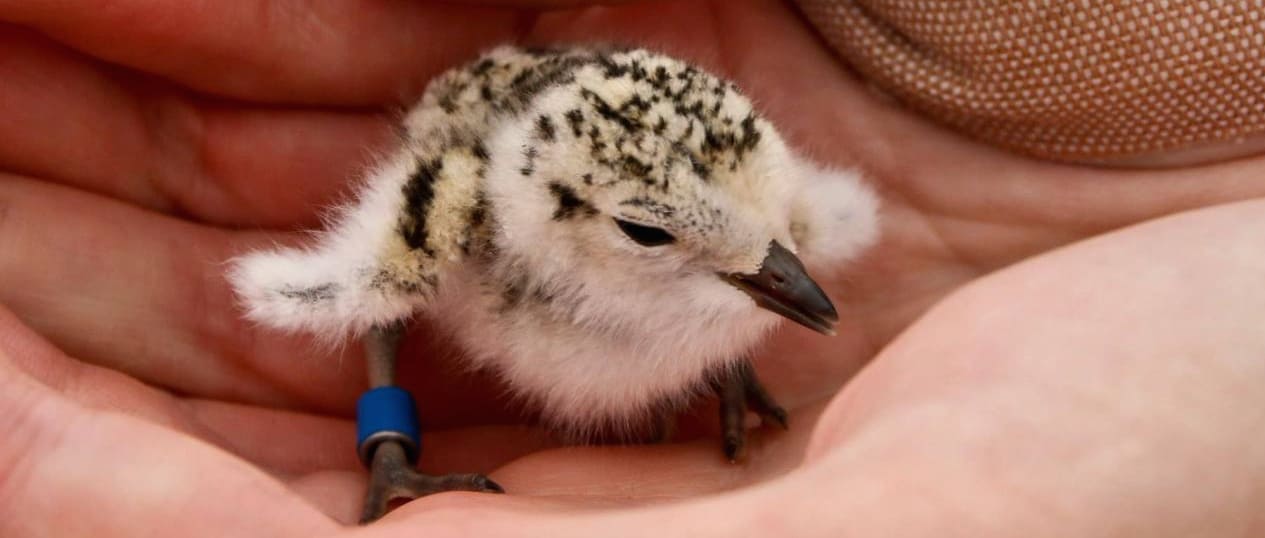Share this article
Gravel Nest Camouflage Helps Snowy Plovers Reproduce
The type of nest snowy plovers (Charadrius nivosus) use determines much about their reproductive success, according to a recent study.
In a paper published in The Condor: Ornithological Advances, researchers from Humboldt State University reported that when the threatened plovers nested on gravel bars as opposed to sandy beaches, they raised more successful offspring. The team measured the birds’ “lifetime reproductive success,” or the total number of successful offspring an individual produces over the course of its lifetime.
The study looked at plover reproductive success, or LRS according to Dana Herman, a graduate student at Humboldt State University and the lead author. Herman said LRS studies are challenging because they require long-term monitoring of marked populations. However, the breeding population in Humboldt County has been studied and color-marked since 2001.
Herman and her adviser Mark Colwell tracked reproductive success of nearly 200 Snowy Plovers in Humboldt County, Calif. They studied possible factors influencing reproduction including human activity, predator presence, exclosures (cages placed around the nests to keep predators out), and what the birds nested in. The researchers found that the factors that stood out most was whether the birds nested on sandy beaches or gravel bars.
Gravel nests tended to provide better camouflage for the eggs and chicks, the researchers found. This caused higher lifetime reproductive success for the birds that nested in gravel nesting sites. While gravel-nesting birds laid fewer eggs overall compared to sand-nesting birds, the birds that had the benefit of gravel acting as camouflage to predators were able to raise more offspring successfully.
Herman and Colwell suggest that to help with snowy plover conservation, managers can add crushed shells or driftwood to sandy nesting sites to get the benefit of the camouflage that gravel nest sites supply. They also found that nest exclosures did not have an effect on reproductive success and might actually cause further problems for adults entering and exiting the nests.
Header Image: A banded snowy plover chick sits in a researcher’s hands. Researchers recently found that gravel nests are one of the main factors in reproductive success of the threatened species.
Image Credit: M. Lau








